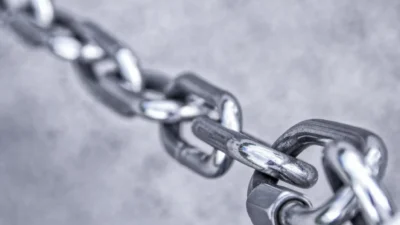What makes a data acquisition system truly efficient?
Collecting and processing data quickly is more important than ever. An efficient system helps you capture accurate information, reduce errors, and make better decisions. But to achieve this, you need the right components working together. Each part plays a role in ensuring smooth performance and reliable results.
In this guide, you’ll discover the essential components every data acquisition system needs. Let’s explore how they work and why they matter-so you can build a setup that delivers top-quality data every time.
Sensors and Transducers
Sensors detect physical changes in the environment. These changes may include:
- temperature
- pressure
- light
- motion
Transducers then convert these signals into measurable electrical outputs. The choice of sensor depends on the type of data needed. For example, a temperature sensor is ideal for heat monitoring. A pressure transducer is best for fluid system checks. High-quality sensors improve accuracy and reduce noise in the readings.
Signal Conditioning Equipment
Raw signals from sensors are often too weak or noisy for accurate measurement. Signal conditioning equipment cleans and adjusts these signals. It may include amplifiers, filters, and isolators.
Amplifiers boost signal strength. Filters remove unwanted noise. Isolators prevent electrical interference. Without proper conditioning, even the best sensors may produce poor results. This step ensures the system receives clean and precise signals for conversion.
Data Acquisition Hardware
The heart of the system is the data acquisition hardware. This unit takes conditioned signals and converts them into digital data. It uses analog-to-digital converters (ADC) for this process. The hardware may be a stand-alone device or a module connected to a computer.
Speed, resolution, and input capacity are important factors when choosing this component. Higher resolution means more detailed data. Faster speed allows real-time monitoring of fast-changing processes. In this data acquisition guide, selecting hardware with the right specifications ensures the system runs efficiently and meets application needs.
Data Processing and Storage Units
After conversion, the data needs processing. A computer or embedded processor performs this task. It can:
- apply algorithms
- run calculations
- analyze trends
Some systems use dedicated software for processing and visualization. Data storage is equally important. Solid-state drives (SSD) or cloud storage are common options.
The choice depends on how much data the system collects and how fast it needs to be accessed. A good storage plan ensures information is secure and easy to retrieve for later analysis.
Software Interface and User Controls
The software interface allows users to interact with the data acquisition system. It displays collected data in graphs, tables, or dashboards. User controls let operators adjust settings, run tests, and export reports.
A well-designed interface improves efficiency. It should be easy to navigate and provide quick access to important features. Customizable dashboards let users focus on the most relevant data. Integration with other systems is also valuable, especially in industrial applications where multiple processes work together.
All About Efficient Data Acquisition System
An efficient data acquisition system needs the right combination of components. Sensors capture physical changes, while signal conditioning prepares them for conversion. The hardware then turns signals into digital form.
Processing units handle analysis, and storage systems keep the data safe. Finally, a good software interface ensures easy operation. With the right setup, organizations can gather accurate information and make better decisions.
Looking for more tips and ideas? We’ve got you covered. Check out some of our other posts now.

Lexy Summer is a talented writer with a deep passion for the art of language and storytelling. With a background in editing and content creation, Lexy has honed her skills in crafting clear, engaging, and grammatically flawless writing.



